
Spioenkop Dam
17th to 21st March 2023
Sally and I have always wanted to see the birding reserve area around the Ingula Pump Storage Scheme, just north of Ladysmith in KZN. And when the BirdLife KZN Forum was to take place there, we leapt at the chance to see the area. No expectation of seeing the White-winged Flufftail.
Having registered to attend the Forum, we had the opportunity to participate with the guided bird tours in the area.
Where to stay? Our options were in and around Ladysmith in local B&Bs or hotels. However, we decided we would rather take our off-road caravan and camp – it being a lot cheaper, and we would avoid being in town with the EFF “March for Peace!!” on Monday 20th March.
But where to camp close by? Nothing closer than an hour’s drive, we learned. We had two choices – Weenen or Spioenkop. We chose the latter as one of the guided tours was planned to take place there. Also, it meant avoiding driving through Ladysmith to get to Ingula.
Our campsite in Spioenkop:
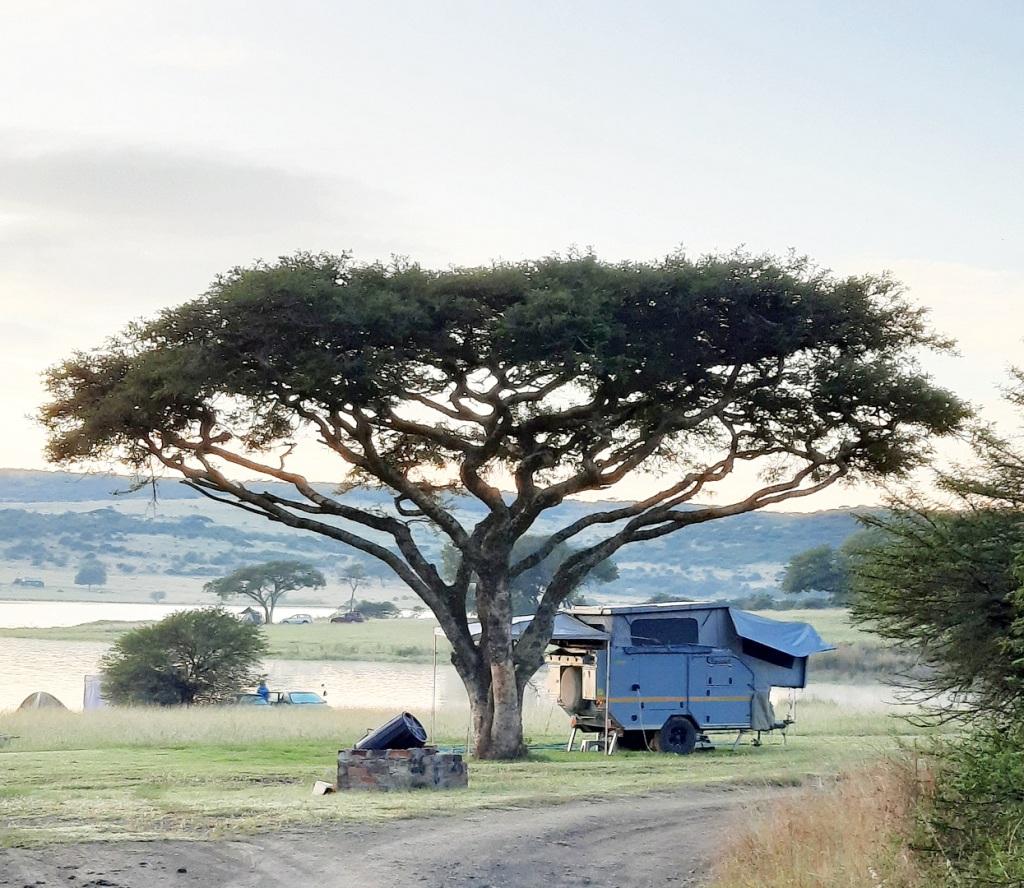
And looking back at a view of our campsite:

Our views over the dam:


Spioenkop is not a large reserve, but it has a fair network of roads and even hides a vulture restaurant surprisingly.
Here are some typical views of the reserve as you drive around.





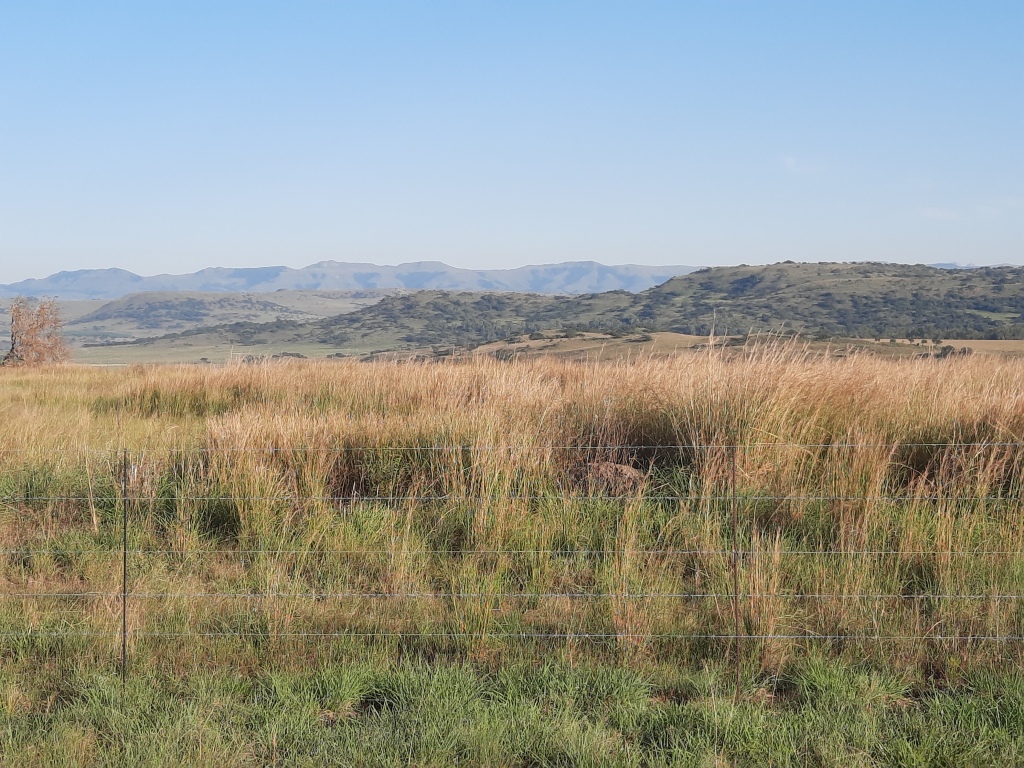
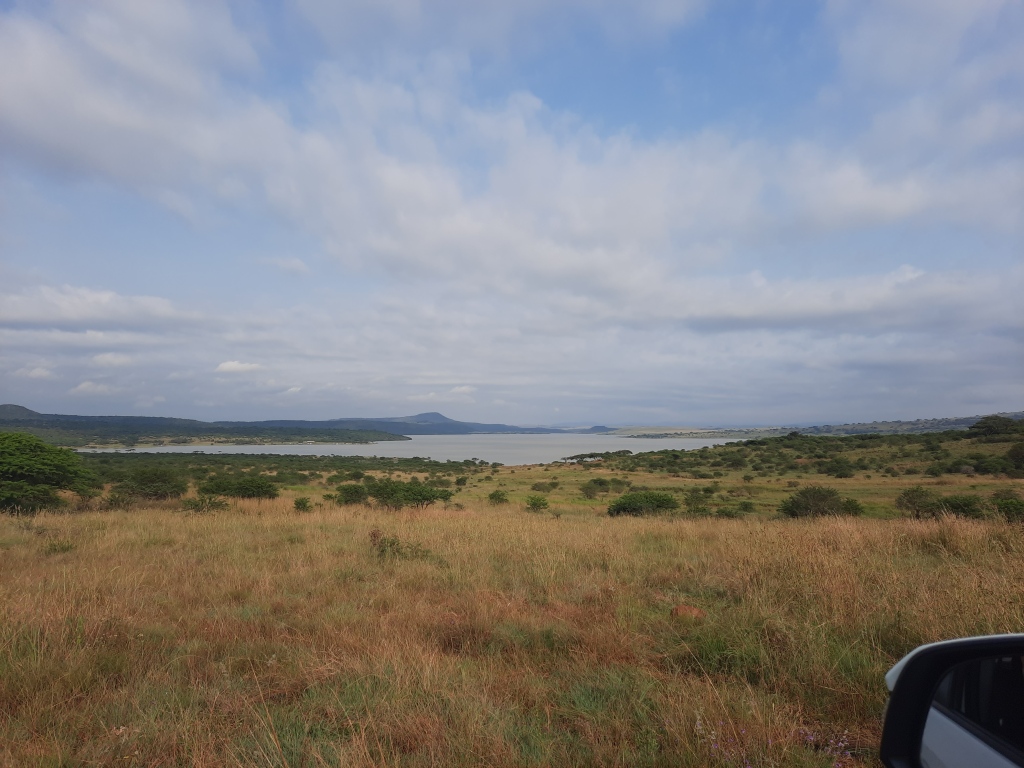

Here are a variety of some of the birds we came across in Spieonkop. And even before we started to set up camp an African Fish Eagle came and settled in a nearby tree to show us what he was having for lunch.





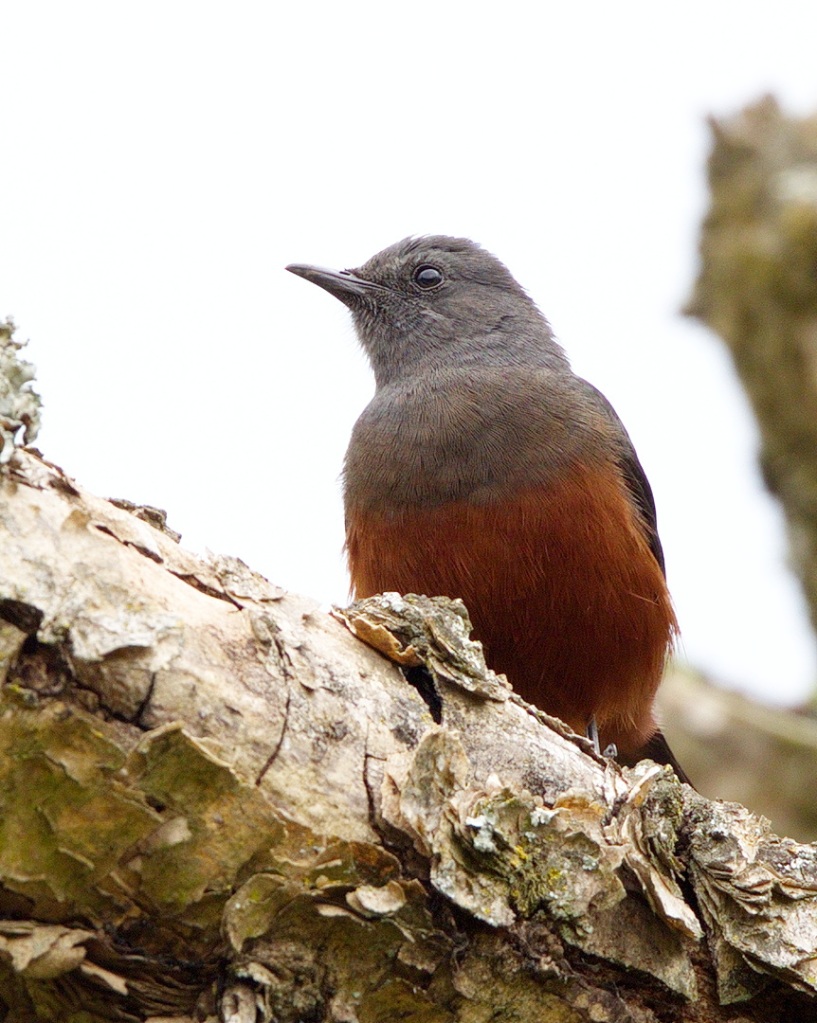

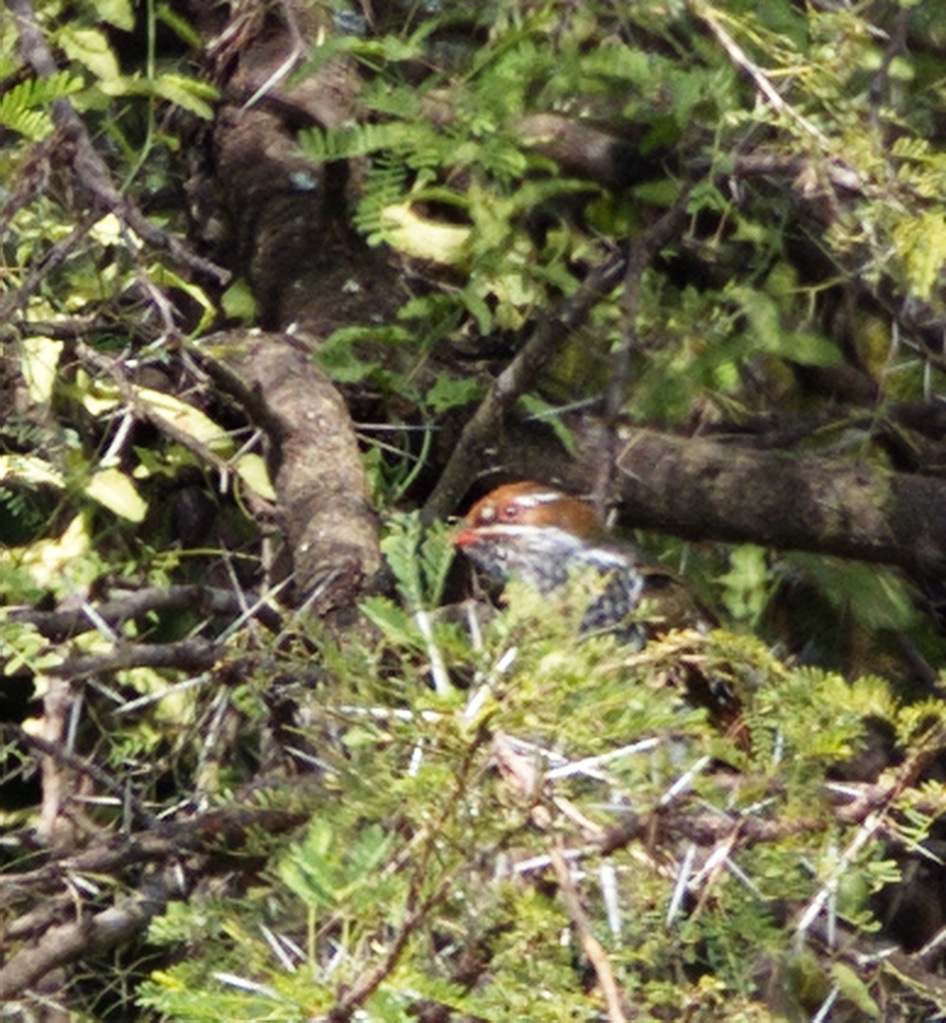





One of the surprising things about birding in Spioenkop is that there is a “semi-private” vulture restaurant. It is a sizeable walk through the bush to get to it, so one has to alert for dangerous animals – like Rhinos. A couple of skinned Zebra carcasses were placed at the hide a day or so prior to our visit. Vultures were circling when we got there but unfortunately the dozens, we were hoping for, did not appear and the zebra stomachs remained bloated.
Above:
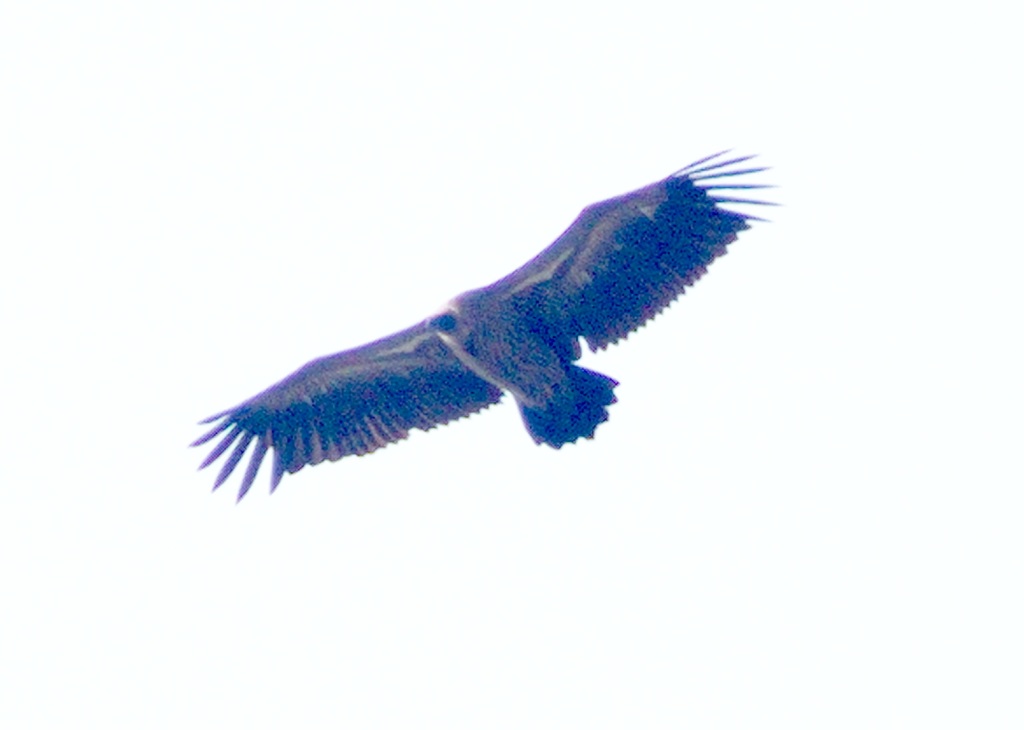


On our last day at Spioenkop, the thunder started early and lasted all day until it finally exploded above us with a special continuous firework display of lightning and thunder. Here a couple of short videos.
And on to Ingula.
On the way to Ingula we travelled on some specially designed disastrously potholed roads. Fortunately, it was mainly a section of about 6 kilometres where cars and trucks took turns on either side of the road.
As we closed on the entrance to Ingula, more and more roadside water appeared. In one section of about 100 metres (possibly more) a roadside pond was inundated with Red-billed Teals, a few Blacksmith lapwings, South African Shelduck, a stray Grey-crowned Crane, likewise Malachite Kingfisher and an unexpected Wood Sandpiper. Even a Purple Heron made an appearance in one such pond – though spotting it was a challenge.



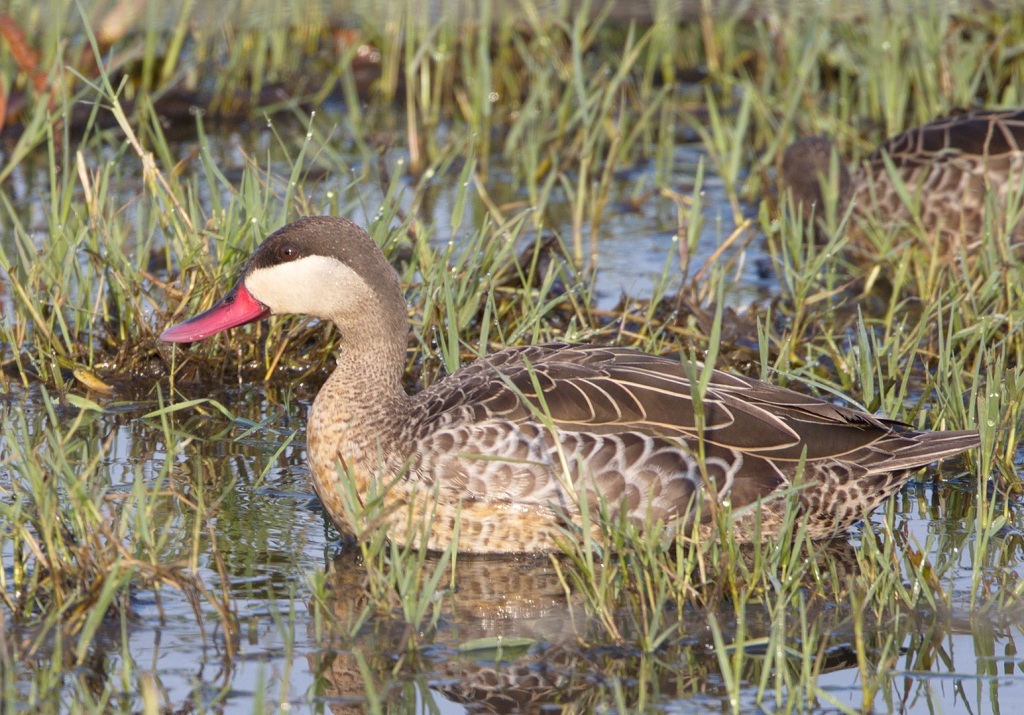

Even a Ruff was reported here tho’ we missed it.
The fence lines were stocked with Swallows and Martins – a lot of South African Cliff Swallows and Banded Martins – birds we were unused to seeing.




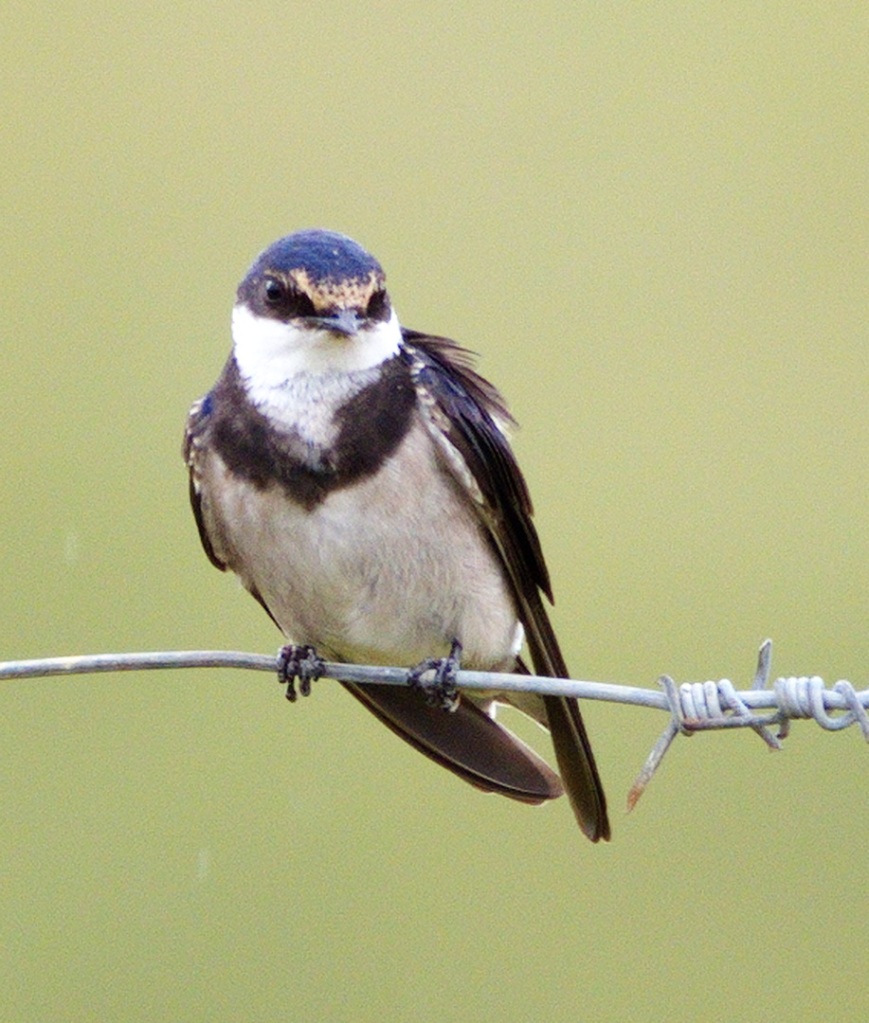

To enter the Ingula Pump Storage Scheme area, we first had to undergo an alcohol test before the permit was issued. We forgot to check if anyone can enter the area or whether you needed special permission. I got the impression it was the former – obviously as long as you were sober. From the entrance you are in the Ingula reserve.
On the first morning, we birded the area till lunchtime. Here is a map of the roads in the reserve.
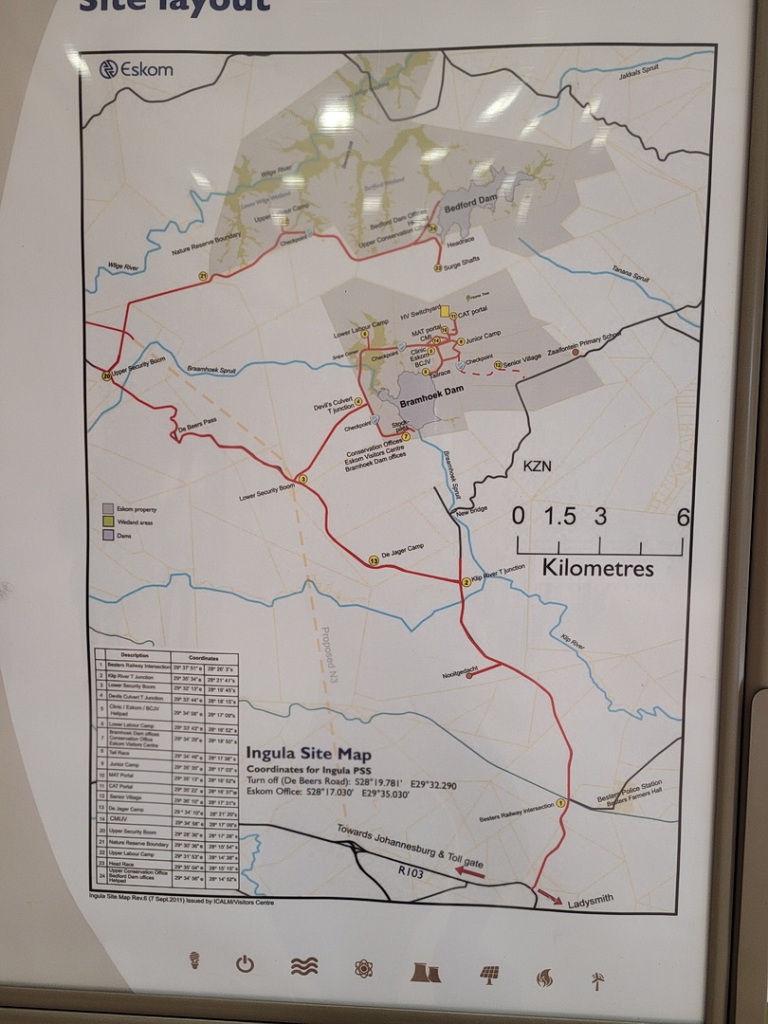
After lunch the Forum scheduled talks began and lasted for the rest of the day. It was interesting to hear that not all Eskom power generating units ran on coal. And that many were spotlessly clean. We had to leave early to get back to Spioenkop before dark.
The next day we went back to Ingula to join the guided tour around the reserve. We went to the Bedford Dam to meet the group, but no-one was there. So, we ended up birding the area on our own and came across quite a number of interesting bird species. However, it was the habitat which impressed us the most. Upper grasslands with barely a tree in sight and protruding rocky mountainous outcrops in every direction one looked.

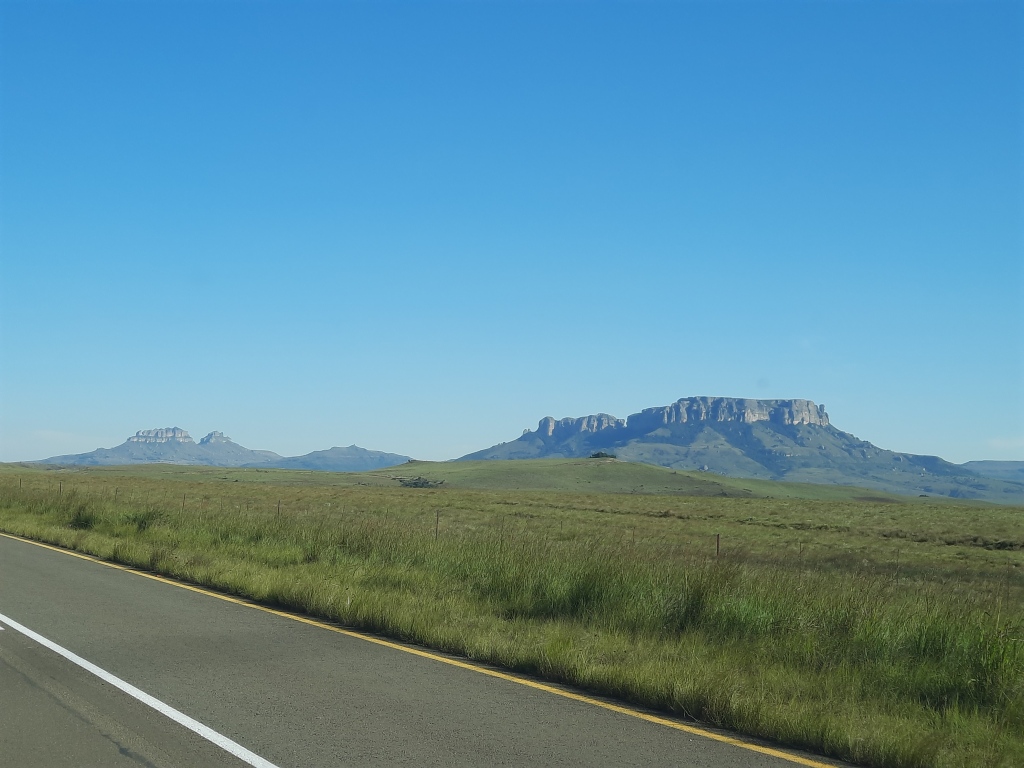

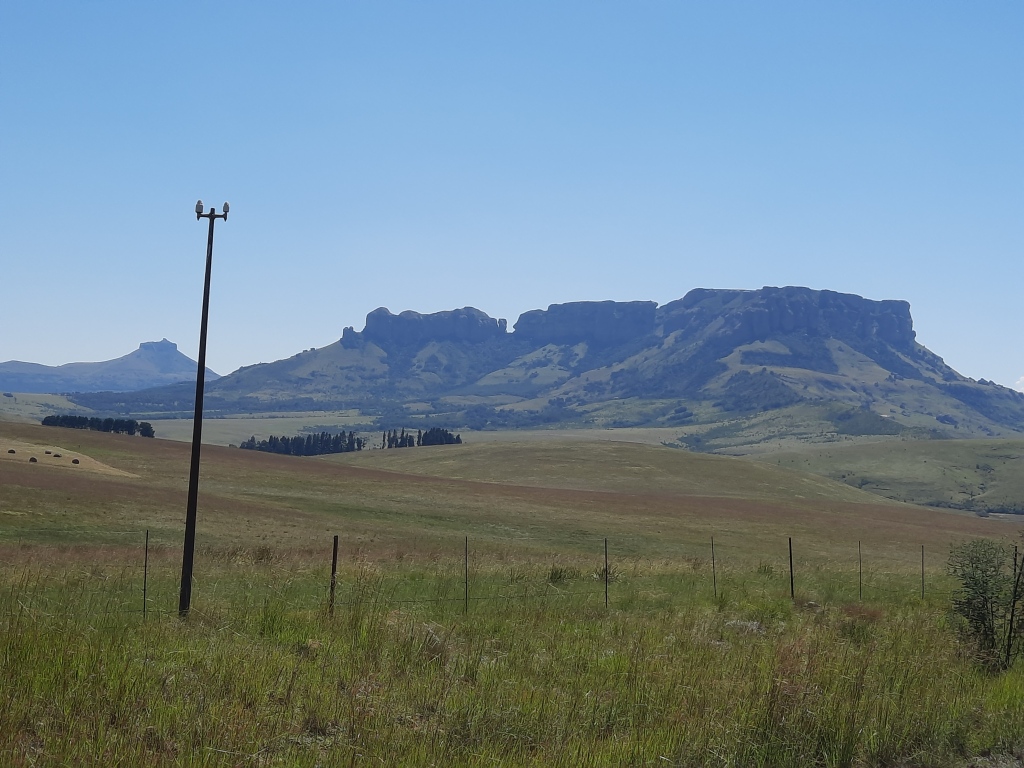

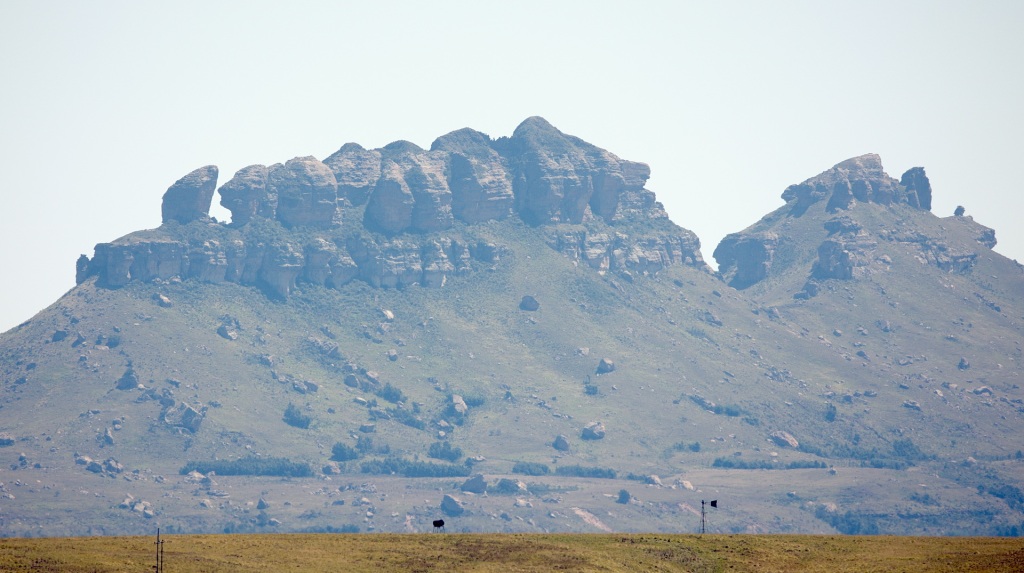

In some ways it was fortunate that the meeting point had been changed and we could proceed at our own pace and not at what seemed a snail’s pace for the rest of the group. Here are some of the birds we photographed:
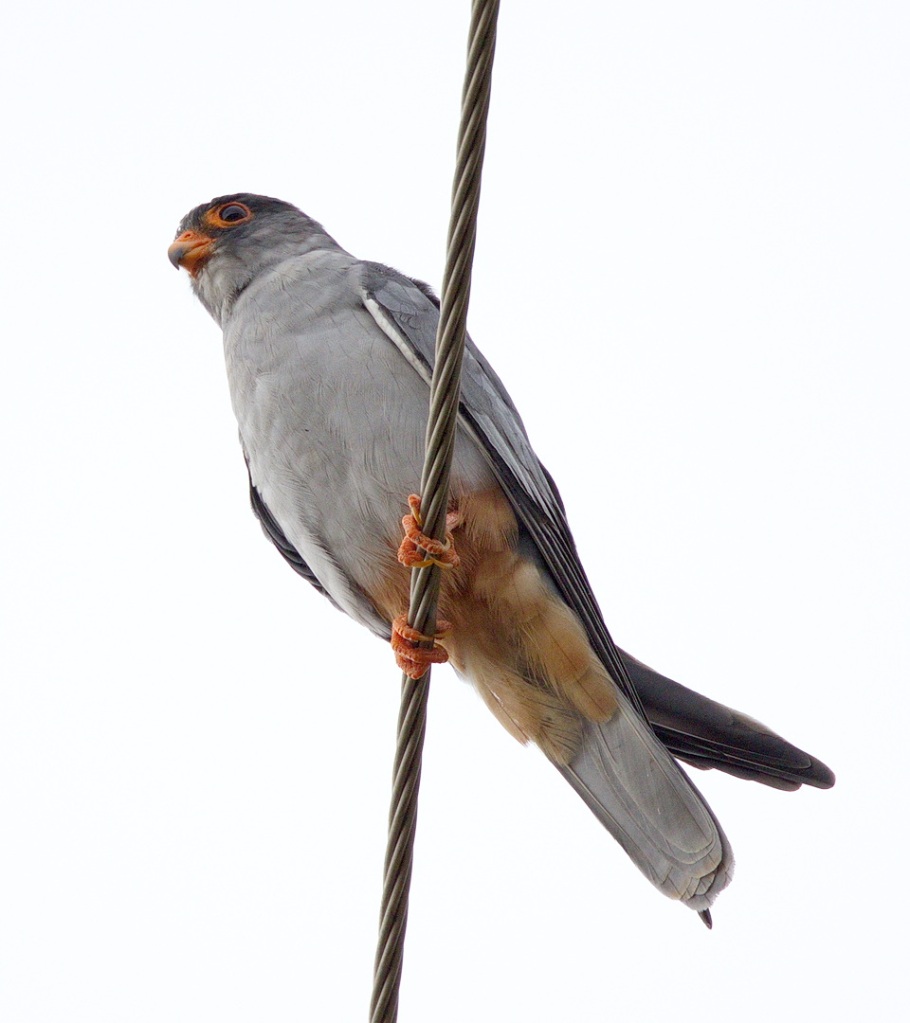


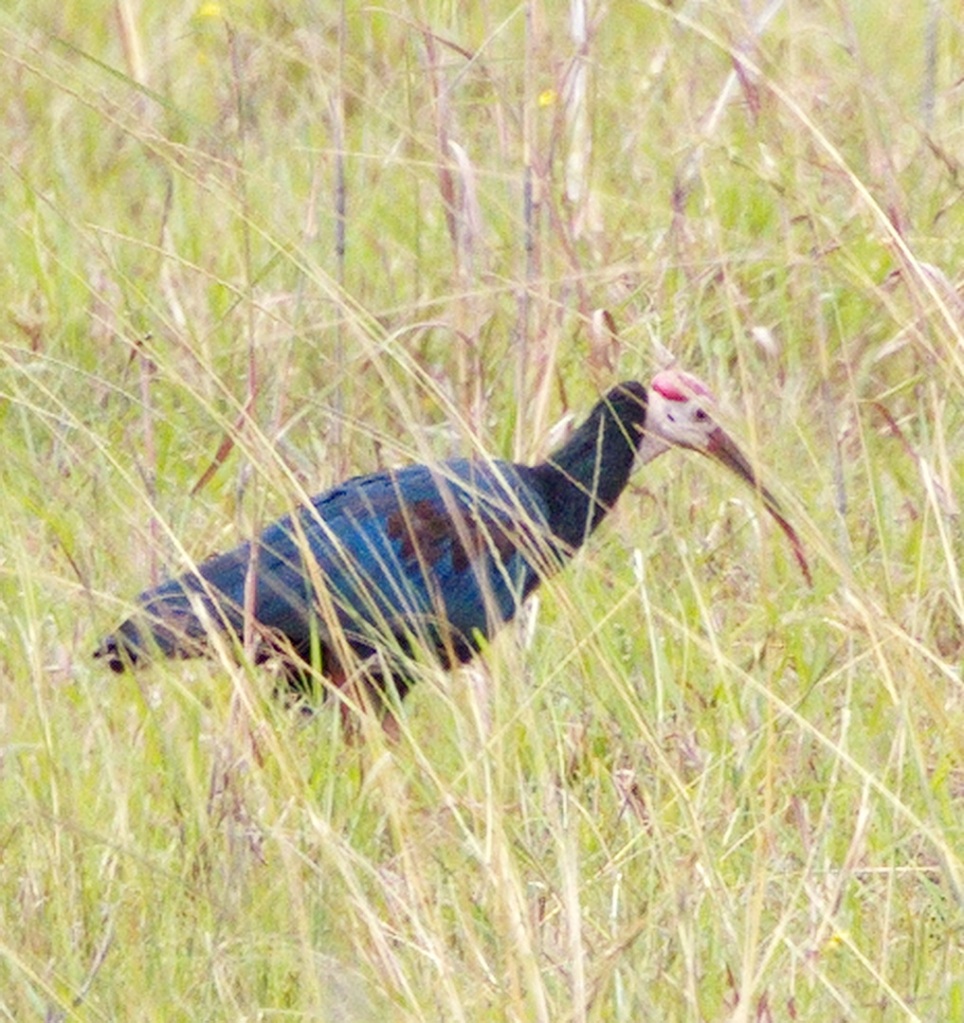

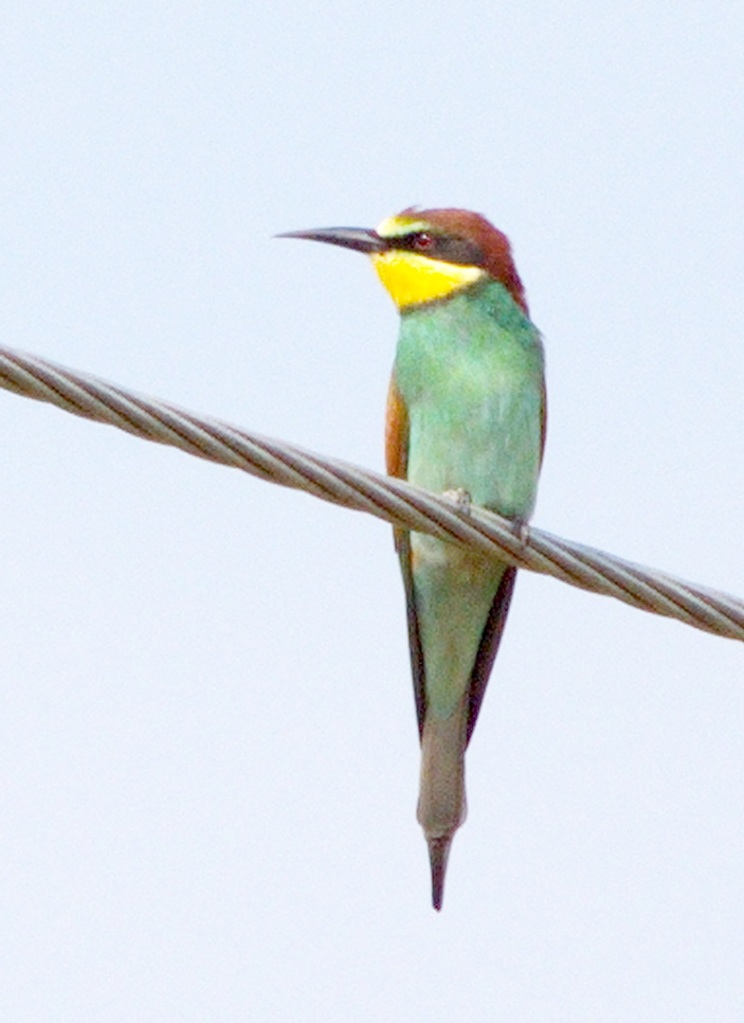
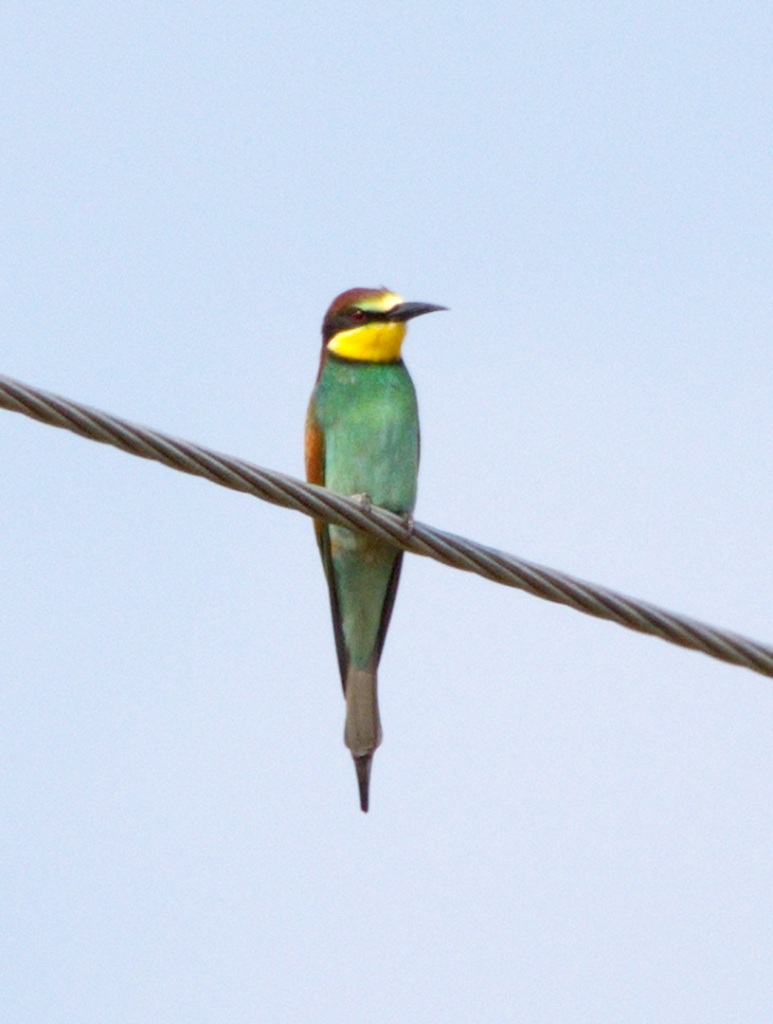





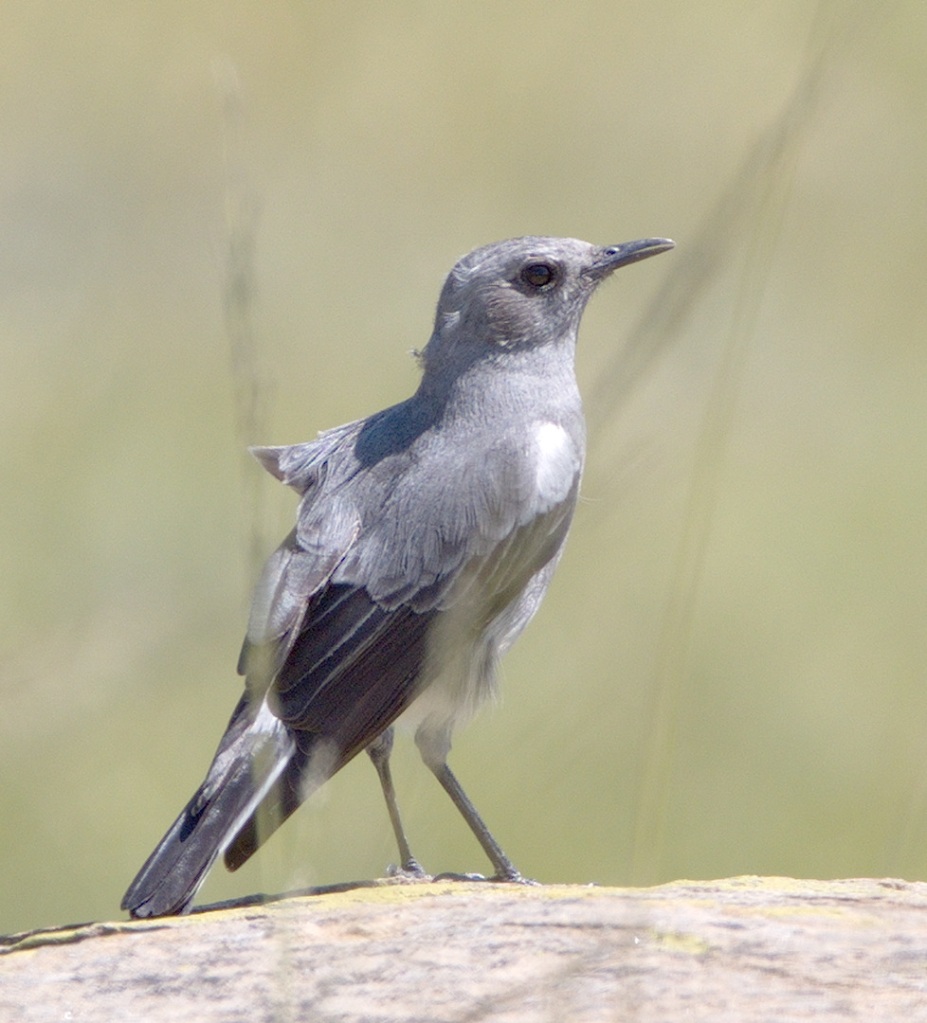


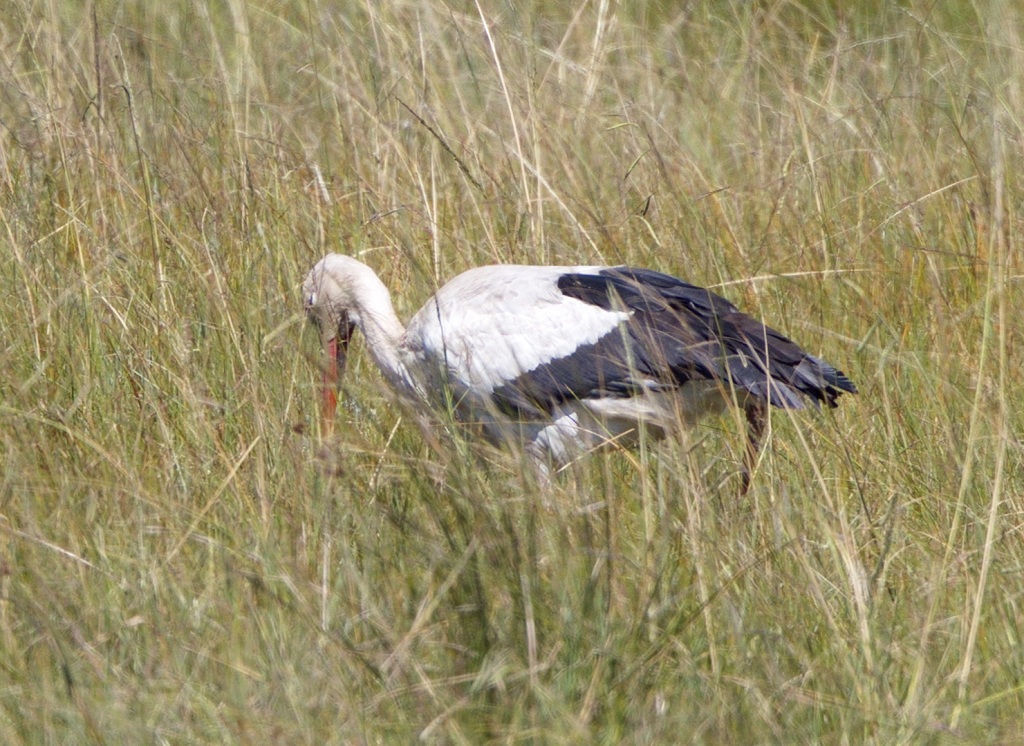
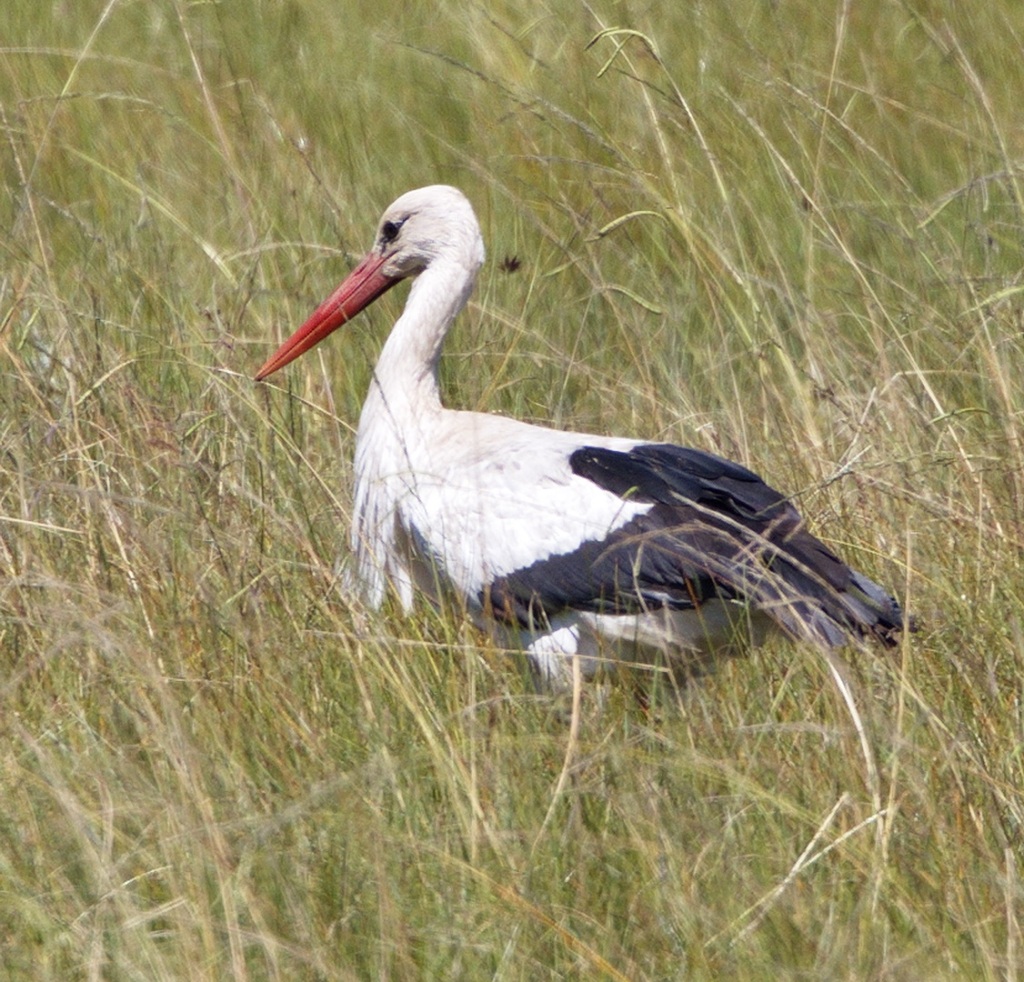
In all we identified 125 different bird species and really enjoyed seeing the highland grasslands and rocky outcrops. We made no attempt to find the White-winged Flufftail. It is obviously well protected.
Here is a list of the birds we identified – both in the Ingula and Spioenkop areas:
Paul and Sally Bartho

